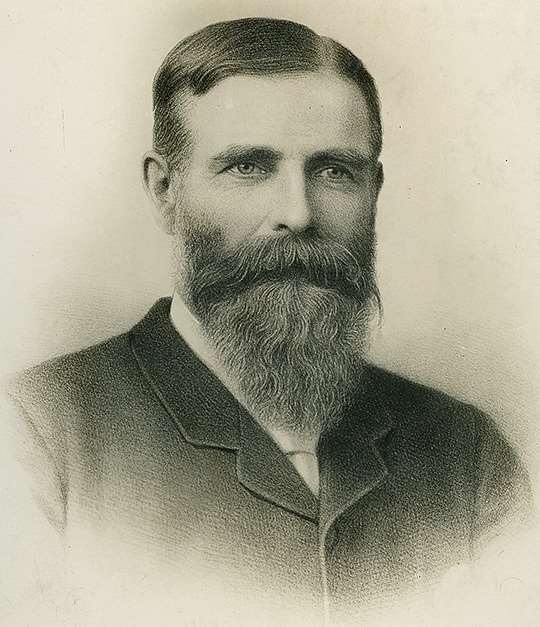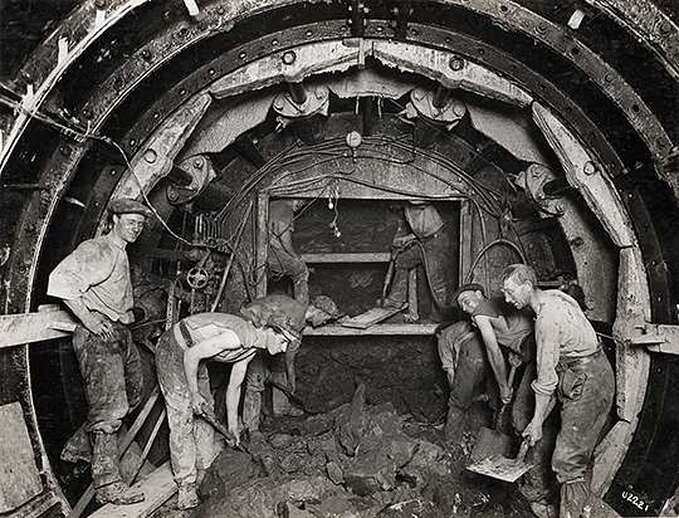He lived at "Ravenscraig" junction of Valley Road and Leigham Court Road, Streatham. The 1891 census information includes his wife Blanch, son James and daughter Nancy and 3 servants.
Greathead has been described as "the practical author of the great London Tubes" and "South Africa's greatest engineer". His most important invention is the tunnelling shield; even today. worldwide, modem tunnelling shields are still referred to as Greathead shields. Interesting that he is also the reason that the London Underground is colloquially named "the tube"
James Henry stands alongside Sir Joseph Bazalgette and Marc Brunel (Isambard’s Dad) as one of London’s great tunnellers. He designed the Greathead Tunnelling Shield with which he built a subway beneath the Thames in 1869 to help relieve the street traffic. It employed a single, cable-drawn carriage but was not a commercial success. Other inventions include the injected fire hydrant and the grouting machine used to stop Winchester Cathedral collapsing. He was elected to the Council of the Institute of Civil Engineers in 1884.
English Heritage approved a commemorative plaque on his home, then known as "Birchwood", in St Mary's Grove, Barnes, where he lived with his family between 1885 and 1890. He lived in Streatham longer than he did in Barnes but the house in Streatham no longer stands
Greathead died at "Ravenscraig" in Streatham 21 October 1896 and the will was proved with an estate valued at £18,874. He is buried at West Norwood Cemetery
Images
- James Henry Greathead pictured in about 1880–90, around the time he was living at 3 St Mary's Grove, near Richmond Park © TfL from the London Transport Museum collection
- Men working in a tunnel at Mornington Crescent, Camden, in 1922 using the ‘Greathead Shield’. They are breaking down earth in front of the shield and shovelling the spoil to the rear by hand © TfL from the London Transport Museum collection


